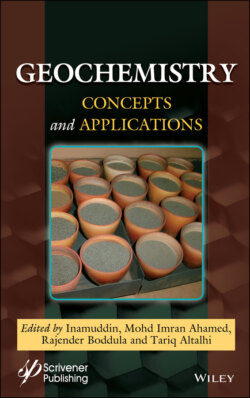Читать книгу Geochemistry - Группа авторов - Страница 21
1.4.1.2 Toxic Metals
ОглавлениеData tracing human health outcomes to toxic metals and rare earth elements in serpentinitic geological systems remain limited. Lacking that, the human health risks of toxic metals and rare earth elements are drawn from general literature on these elements [74]. For example, toxic metals including Cr, Co, Cu, Mn, Fe, and Zn are redox active; hence, they undergo redox reactions to generate highly reactive free radical species [4, 74]. Highly reactive free radicals cause oxidative stress, which damages lipid membranes and deoxyribonucleic acids [75, 76]. Other metals such as cobalt and its salts have been associated with genotoxicity and carcinogenicity [74]. Iron is often regarded as less toxic than other heavy metals partly because it tends to occur in high background concentrations especially in tropical environments [4]. However, high intake of iron may cause iron overload and human toxicity as reported in some native African communities with a high genetic predisposition for such a conditions [77, 78]. Thus, high iron intake in iron-rich foods, drinking water, and geophagic earths derived from serpentines may increase the risk of iron overload and toxicity. Moreover, the co-occurrence of chrysotile asbestos and toxic metals may result in synergistic interactions, which may result in adverse human health outcomes [4]. For example, evidence drawn from southern Italy suggest that the high incidences of lung cancer among human populations living in serpentinitic geological environments were related to the synergistic interactions between co-occurring asbestos and the toxic metals particularly Ni and Cr [21, 22].
